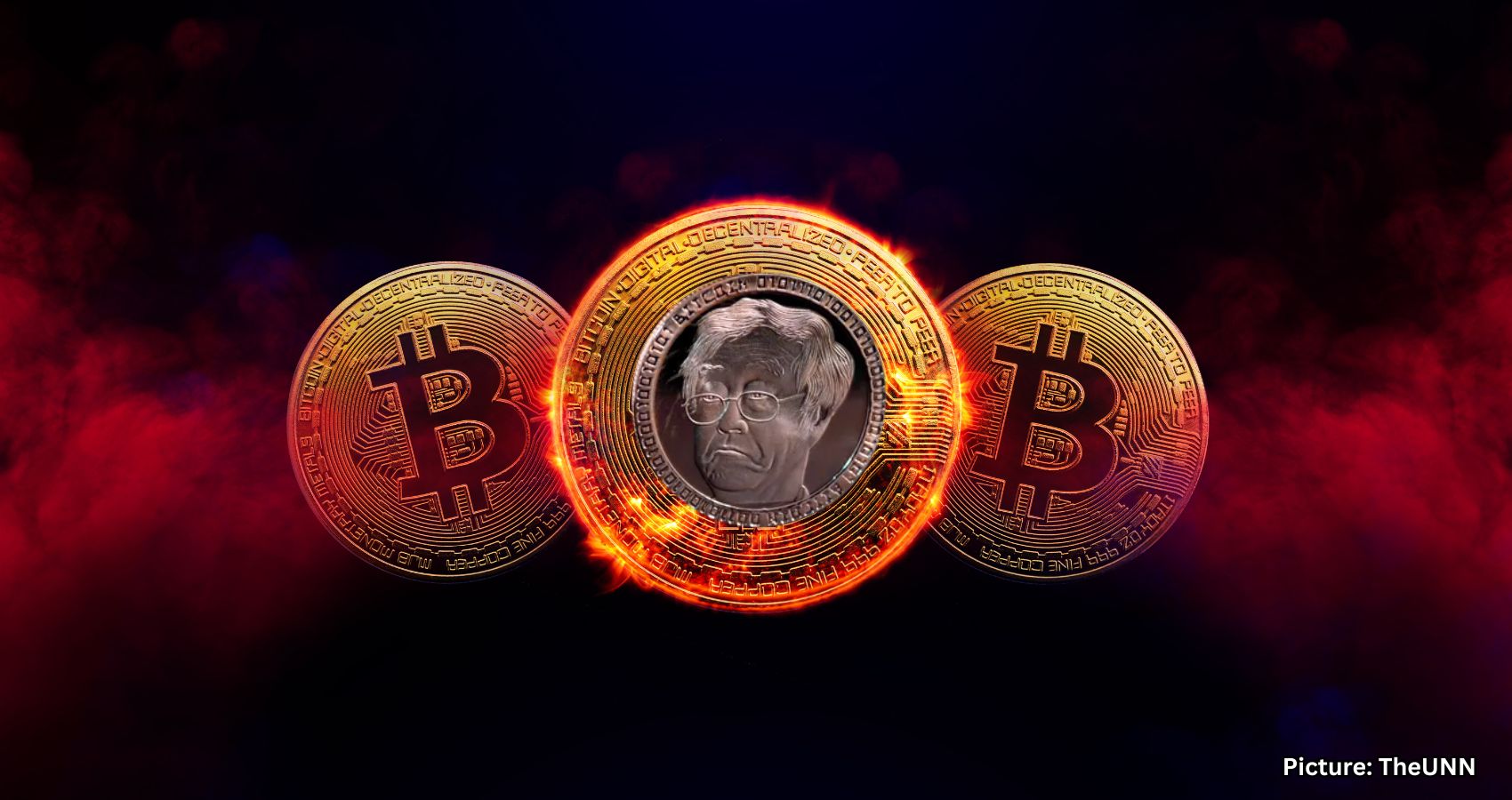Satoshi Nakamoto, the mysterious creator of Bitcoin, now stands as the 11th richest individual globally, surpassing tech moguls Bill Gates and Michael Dell, as his holdings exceed $130 billion.
Pseudonymous Bitcoin creator Satoshi Nakamoto has climbed to the 11th spot on the list of the world’s wealthiest individuals, propelled by the astonishing rise of Bitcoin’s value. With the cryptocurrency reaching new all-time highs, Nakamoto’s Bitcoin portfolio—estimated at $130 billion by Arkham Intelligence—has surpassed the net worth of Microsoft co-founder Bill Gates and Dell Technologies founder Michael Dell.
Nakamoto’s wealth now outshines Gates, who holds a net worth of $117 billion, and Dell, with $126.5 billion, according to Forbes. The recent surge in Bitcoin’s value, a 14% increase over the past month, was pivotal in this wealth ranking shift.
Close in Nakamoto’s sights is Warren Buffett, the CEO of Berkshire Hathaway and a well-known critic of Bitcoin. With a net worth of $141 billion, Buffett stands just ahead of Nakamoto. Should Bitcoin’s price increase slightly from $118,912 to $128,650, Nakamoto’s wealth would surpass Buffett’s.
Buffett once likened Bitcoin to “rat poison” and declared in 2022 that even buying all Bitcoin for $25 wouldn’t tempt him, despite its 204% increase since then. Currently, Nakamoto’s fortune trails Buffett’s by only $12 billion.
Forbes calculates the net worth of billionaires by monitoring public holdings and estimating private holdings based on relevant market indices. Nakamoto’s Bitcoin fortune is frequently estimated through an analysis known as the “Patoshi Pattern.” This pattern reflects early mining operations where a single entity mined the first 22,000 Bitcoin blocks—a feat many attribute to Nakamoto. The pattern suggests Nakamoto mined 1.1 million BTC, aligning with Arkham Intelligence’s approximation of 1.096 million BTC.
Despite the widespread belief regarding Nakamoto’s holdings, the precise amount of Bitcoin owned by Nakamoto remains uncertain, with the potential for slightly more or less than the estimates suggest.
The true identity of Satoshi Nakamoto remains shrouded in mystery, despite numerous attempts to reveal it. Theories range from Bitcoin Core developer Peter Todd, who has denied the claim, to notable figures like Adam Back and the late Hal Finney. Others speculate on possibilities such as Tesla CEO Elon Musk’s involvement, a group effort, or even a clandestine governmental initiative. Yet, no conclusive evidence has confirmed these theories.
As Econoalchemist, a pseudonymous Bitcoin miner, told Decrypt, “I think Satoshi was one person in terms of the number of entities that controlled his accounts, like the Bitcoin Talk Forum. But I do believe Satoshi was well-connected among cryptographers, researchers, and cypherpunks, and he leveraged those relationships to build Bitcoin.”
To date, Bitcoin wallets thought to be Nakamoto’s have never recorded any activity, according to Arkham Intelligence. This silence has led to speculation that Nakamoto might no longer be alive. The question looms: why not sell at least a fraction amidst Bitcoin’s significant appreciation?
Even if Nakamoto is alive, there might be reasons against selling. As Econoalchemist speculated, “I do think Satoshi could still be alive, but I don’t think he would ever sell his coins. He built an alternative cash system, and I don’t believe he did that for the gains in the failed system Bitcoin was designed to replace.”
Recently, a proposal was submitted to enhance Bitcoin’s blockchain software, targeting the hypothetical threat posed by quantum computing. Although this proposal will affect only 25% of all Bitcoin, including Nakamoto’s alleged holdings, its advocates argue that the potential risk necessitates preventive measures.
Experts, increasingly concerned, warn that quantum computing could eventually crack the cryptographic keys protecting lucrative wallets. Should this occur, not only Nakamoto’s BTC but an entire 25% of the total Bitcoin supply, as estimated by Deloitte, could be compromised, leading to a catastrophic “liquidation event.”
According to Decrypt
Source: Original article

